Top Lists
10 Famous Women Scientists In History
Science and technology are often considered to be a male-dominated field. But the field is rich with female scientists who made important discoveries.
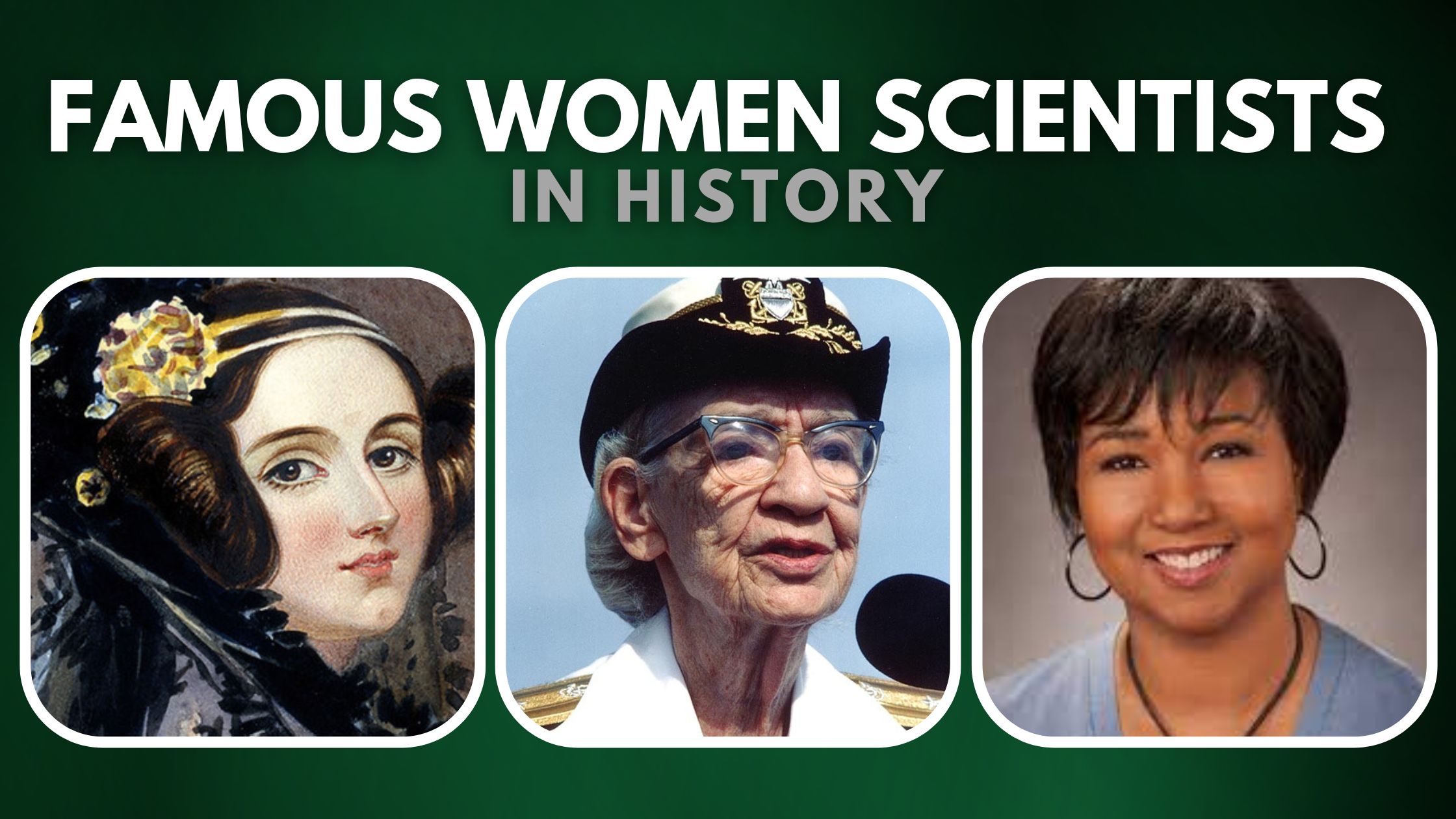
Science and technology are often considered to be male-dominated fields. But the field is rich with female scientists who made important discoveries. These women in science broke boundaries and changed the world. Meet 10 famous women scientists in history, Despite all the challenges faced by these female scientists, however, they have played a key role in humanity’s scientific advancement.
In this article, we’ll take a look at some of the most famous women scientists in history.
1. Rosalind Franklin 1920–1958
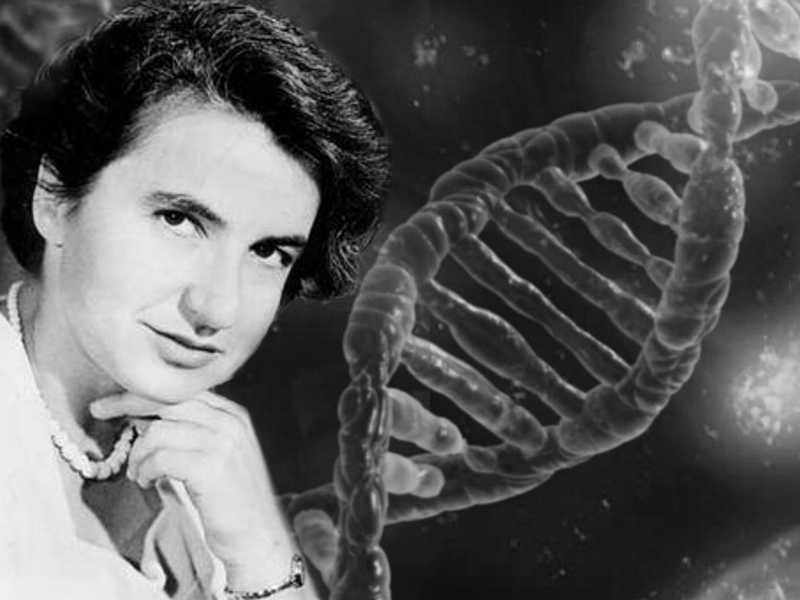
10 Famous Women Scientists In History
Rosalind Elsie Franklin was a British chemist and X-ray crystallographer whose work was central to the understanding of the molecular structures of DNA, RNA, viruses, coal, and graphite. Although her works on coal and viruses were appreciated in her lifetime, Franklin’s contributions to the discovery of the structure of DNA were largely unrecognized during her life, for which she has been variously referred to as the “wronged heroine”, the “dark lady of DNA”, the “forgotten heroine”, a “feminist icon”, and the “Sylvia Plath of molecular biology”.
Franklin graduated in 1941 with a degree in natural sciences from Newnham College, Cambridge, and then enrolled for a Ph.D. in physical chemistry under Ronald George Wreyford Norrish, the 1920 Chair of Physical Chemistry at the University of Cambridge. Disappointed by Norrish’s lack of enthusiasm, she took up a research position under the British Coal Utilisation Research Association in 1942. The research on coal helped Franklin earn a Ph.D. from Cambridge in 1945. Moving to Paris in 1947 as a postdoctoral researcher under Jacques Mering at the Laboratoire Central des Services Chimiques de l’État, she became an accomplished X-ray crystallographer. After joining King’s College London in 1951 as a research associate, Franklin discovered some key properties of DNA, which eventually facilitated the correct description of the double helix structure of DNA. Owing to disagreement with her director, John Randall, and her colleague Maurice Wilkins, Franklin was compelled to move to Birkbeck College in 1953.
2. Marie Curie 1867–1934
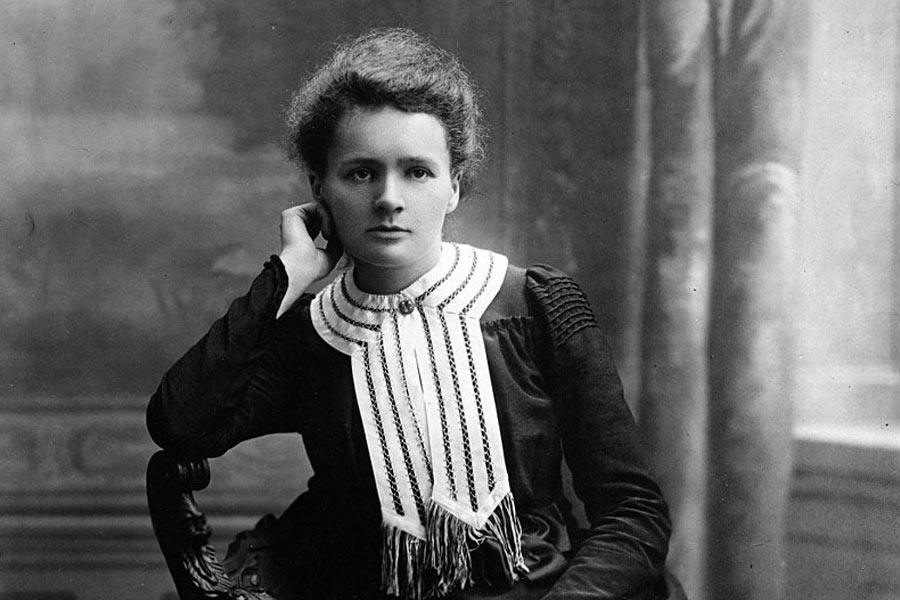
10 Famous Women Scientists In History
Marie Salomea Skłodowska-Curie was a Polish and naturalized-French physicist and chemist who conducted pioneering research on radioactivity. She was the first woman to win a Nobel Prize, the first person to win a Nobel Prize twice, and the only person to win a Nobel Prize in two scientific fields. Her husband, Pierre Curie, was a co-winner of her first Nobel Prize, making them the first-ever married couple to win the Nobel Prize and launching the Curie family legacy of five Nobel Prizes. Marie, in 1906, was the first woman to become a professor at the University of Paris.
She was born in Warsaw, in what was then the Kingdom of Poland, part of the Russian Empire. She studied at Warsaw’s clandestine Flying University and began her practical scientific training in Warsaw. In 1891, aged 24, she followed her elder sister Bronisława to study in Paris, where she earned her higher degrees and conducted her subsequent scientific work. Marie won the 1911 Nobel Prize in Chemistry for her discovery of the elements polonium and radium, using techniques she invented for isolating radioactive isotopes. Under her direction, the world’s first studies were conducted into the treatment of neoplasms by the use of radioactive isotopes. She founded the Curie Institute in Paris in 1920, and the Curie Institute in Warsaw in 1932; both remain major medical research centres. During World War I she developed mobile radiography units to provide X-ray services to field hospitals.
3. Barbara McClintock 1902–1992

10 Famous Women Scientists In History
Barbara McClintock was an American scientist and cytogeneticist who was awarded the 1983 Nobel Prize in Physiology or Medicine. McClintock received her Ph.D. in botany from Cornell University in 1927. There she started her career as the leader in the development of maize cytogenetics, the focus of her research for the rest of her life. From the late 1920s, McClintock studied chromosomes and how they change during reproduction in maize. She developed the technique for visualizing maize chromosomes and used microscopic analysis to demonstrate many fundamental genetic ideas. One of those ideas was the notion of genetic recombination by crossing over during meiosis—a mechanism by which chromosomes exchange information.
Barbara produced the first genetic map for maize, linking regions of the chromosome to physical traits. She demonstrated the role of the telomere and centromere, regions of the chromosome that are important in the conservation of genetic information, And was recognized among the best in the field, awarded prestigious fellowships, and elected a member of the National Academy of Sciences in 1944.
During the 1940s and 1950s, McClintock discovered transposition and used it to demonstrate that genes are responsible for turning physical characteristics on and off. She developed theories to explain the suppression and expression of genetic information from one generation of maize plants to the next. Due to skepticism of her research and its implications, she stopped publishing her data in 1953.
Later, she made an extensive study of the cytogenetics and ethnobotany of maize races from South America. McClintock’s research became well understood in the 1960s and 1970s, as other scientists confirmed the mechanisms of genetic change and protein expression that she had demonstrated in her maize research in the 1940s and 1950s. Awards and recognition for her contributions to the field followed, including the Nobel Prize in Physiology or Medicine, awarded to her in 1983 for the discovery of genetic transposition; as of 2022, she remains the only woman who has received an unshared Nobel Prize in that category.
4. Lise Meitner 1878–1968
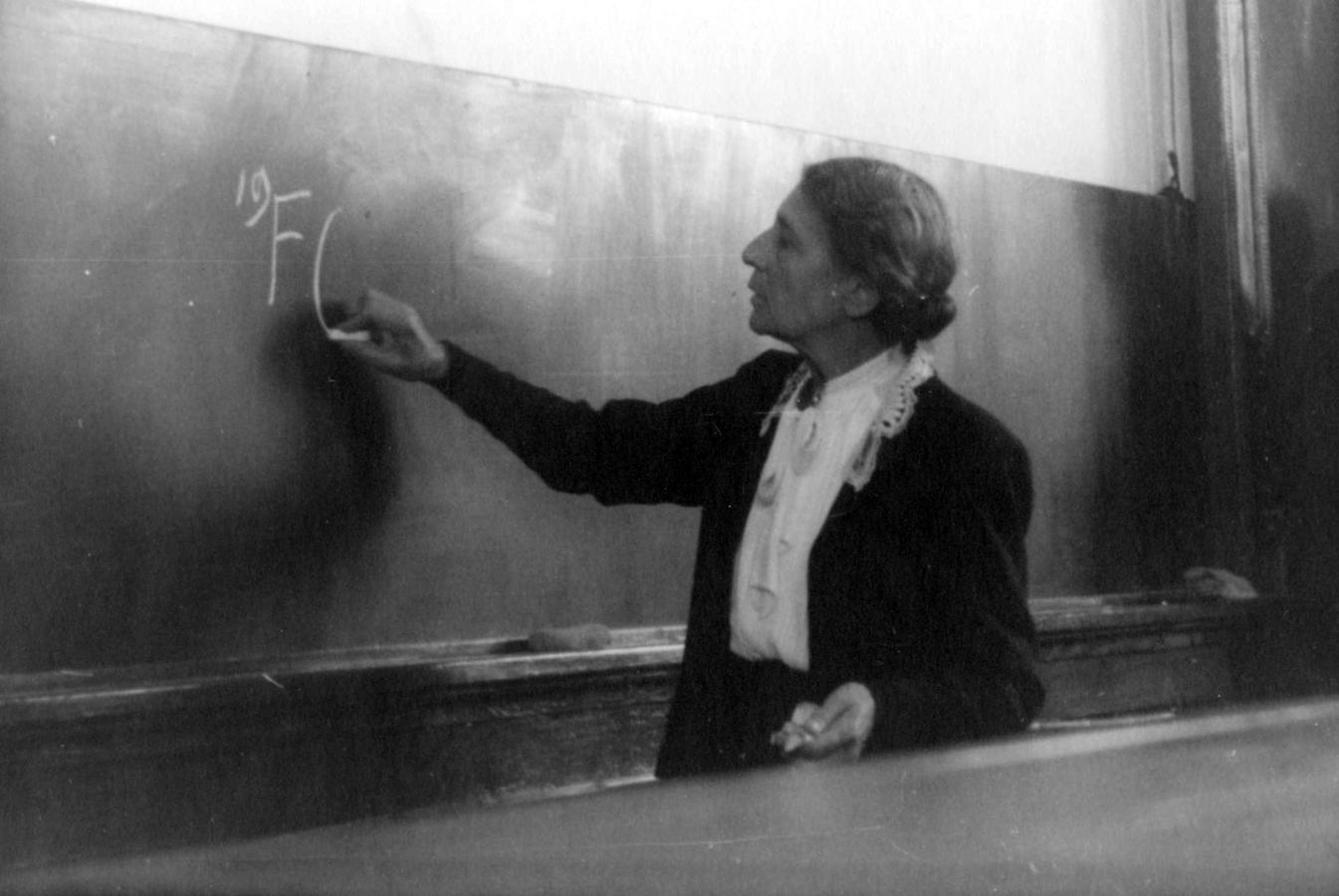
10 Famous Women Scientists In History
Lise Meitner was an Austrian-Swedish physicist who was one of those responsible for the discovery of the element protactinium and nuclear fission. While working on radioactivity at the Kaiser Wilhelm Institute of Chemistry in Berlin, she discovered the radioactive isotope protactinium-231 in 1917. In 1938, Meitner and her nephew, the physicist Otto Robert Frisch, discovered nuclear fission. She was praised by Albert Einstein as the “German Marie Curie”.
Completing her doctoral research in 1905, Meitner became the second woman from the University of Vienna to earn a doctorate in physics. She spent most of her scientific career in Berlin, Germany, where she was a physics professor and a department head at the Kaiser Wilhelm Institute; she was the first woman to become a full professor of physics in Germany. She lost these positions in the 1930s because of the anti-Jewish Nuremberg Laws of Nazi Germany, and in 1938 she fled to Sweden, where she lived for many years, ultimately becoming a Swedish citizen.
5. Chien-Shiung Wu 1912–1997
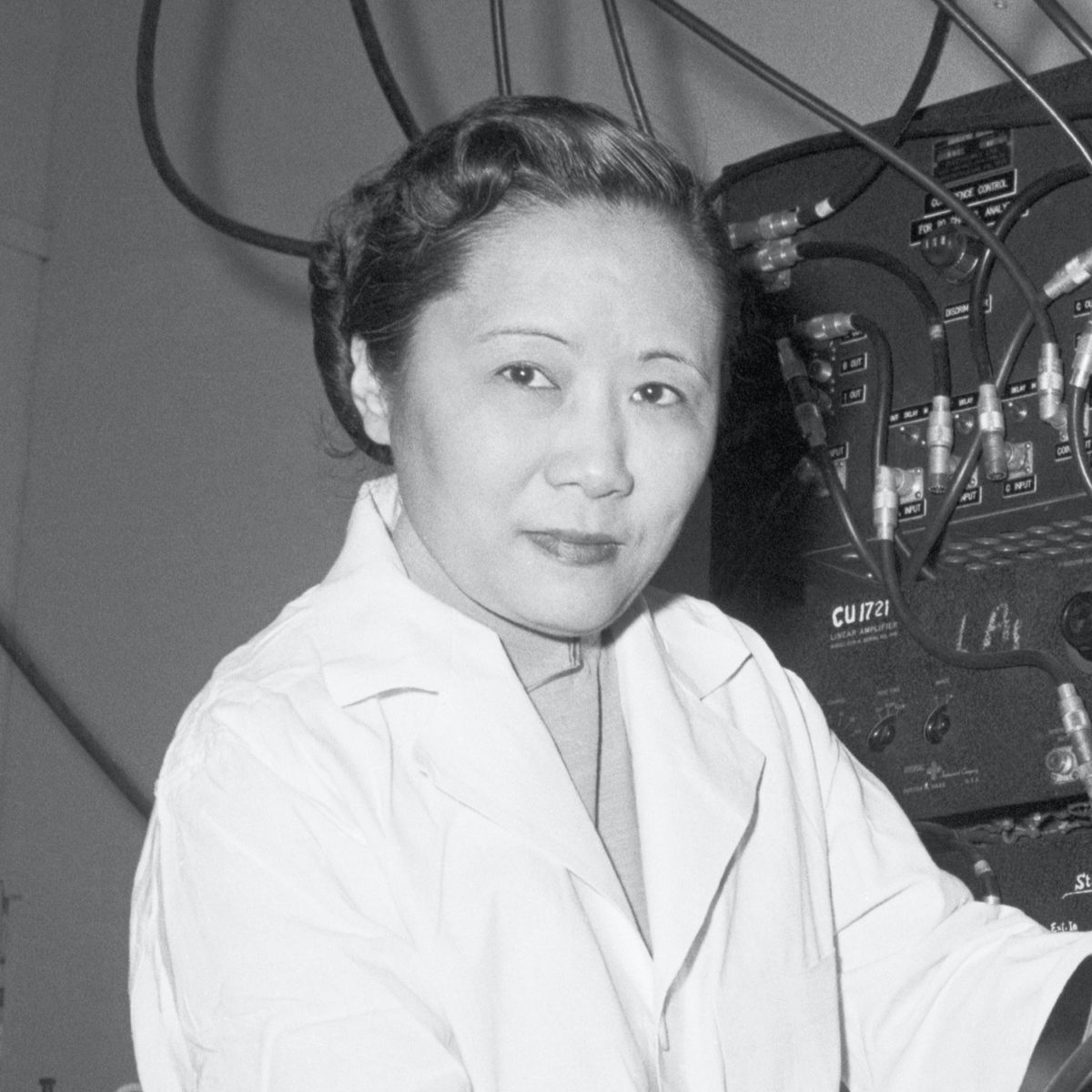
10 Famous Women Scientists In History
Chien-Shiung Wu was a leading figure and pioneer in the field of physics. A Chinese immigrant to the United States, Wu was the first women faculty member hired in the physics department at Princeton University.
She later took a job at Columbia University and joined the Matthan Project, which resulted in the creation of nuclear weapons and was best known for conducting the Wu experiment, which proved that identical particles do not always behave in the same manner.
Chien-Shiung was awarded the inaugural Wolf Prize in Physics in 1978 and was nicknamed the “First Lady of Physics.”
6. Dorothy Hodgkin 1910–1994
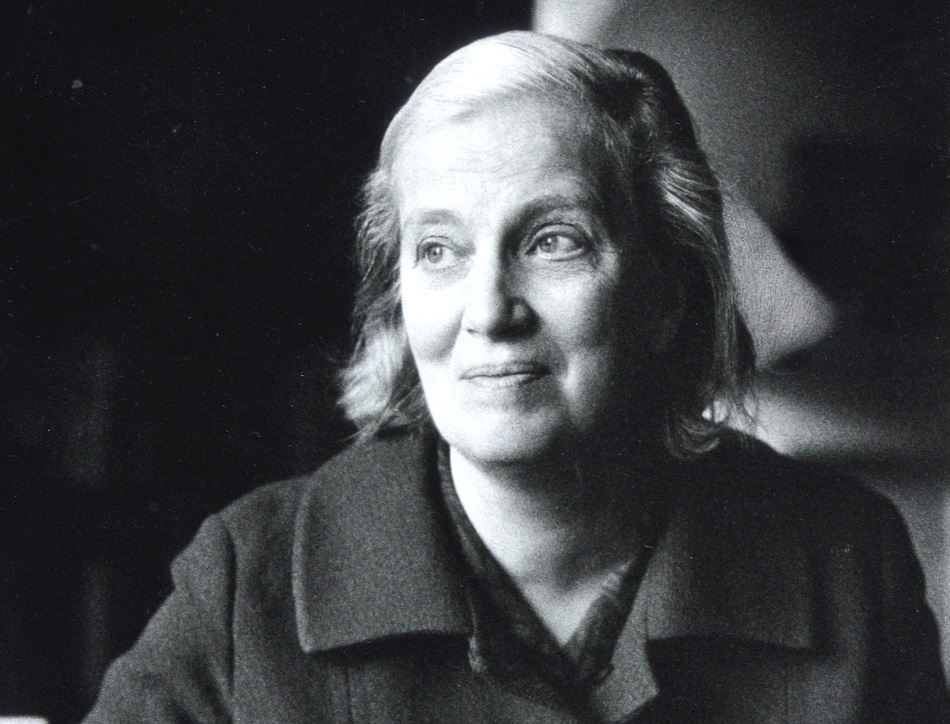
10 Famous Women Scientists In History
Dorothy Mary Crowfoot Hodgkin OM FRS HonFRSC was a Nobel Prize-winning British chemist who advanced the technique of X-ray crystallography to determine the structure of biomolecules, which became essential for structural biology.
Among her most influential discoveries are the confirmation of the structure of penicillin as previously surmised by Edward Abraham and Ernst Boris Chain; and the mapping of the structure of vitamin B12, for which in 1964 she became the third woman to win the Nobel Prize in Chemistry. She also elucidated the structure of insulin in 1969 after 35 years of work.
7. Ada Lovelace 1815–1852
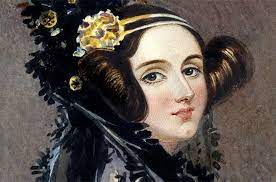
10 Famous Women Scientists In History
Ada Lovelace is regarded as the world’s first computer programmer. In the 1880s, she helped develop the idea for a computing machine, and — long before computers were even invented — invented an algorithm for a computer.
To honor her contributions, the U.S. Department of Defense named a new computer language “Ada” in the 1990s.
8. Grace Hopper 1906–1992
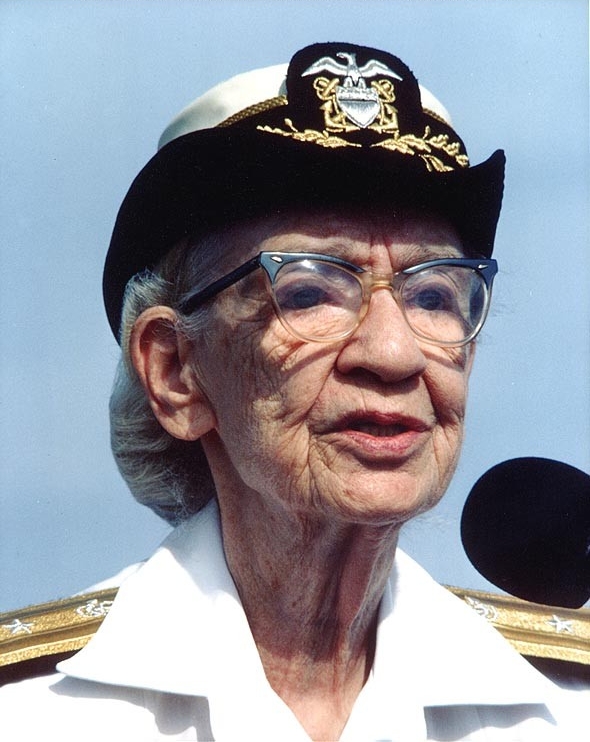
10 Famous Women Scientists In History
Grace Brewster Hopper was an American computer scientist, mathematician, and United States Navy rear admiral. One of the first programmers of the Harvard Mark I computer, she was a pioneer of computer programming who invented one of the first linkers. Hopper was the first to devise the theory of machine-independent programming languages, and the FLOW-MATIC programming language she created using this theory was later extended to create COBOL, an early high-level programming language still in use today.
She earned a Ph.D. in both mathematics and mathematical physics from Yale University and was a professor of mathematics at Vassar College. Hopper began her computing career in 1944 when she worked on the Harvard Mark I team led by Howard H. Aiken. In 1949, she joined the Eckert–Mauchly Computer Corporation and was part of the team that developed the UNIVAC I computer. At Eckert–Mauchly she managed the development of one of the first COBOL compilers. She believed that programming should be simplified with an English-based computer programming language.
9. Rachel Carson 1907–1964
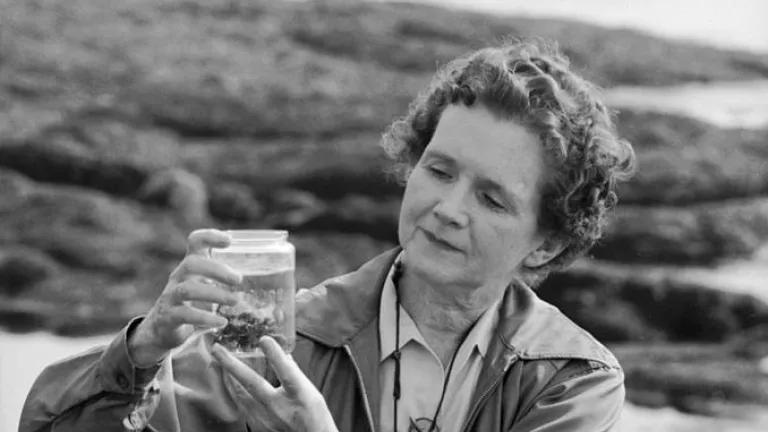
10 Famous Women Scientists In History
Rachel Louise Carson was an American marine biologist, writer, and conservationist whose influential book Silent Spring (1962) and other writings are credited with advancing the global environmental movement.
Carson began her career as an aquatic biologist in the U.S. Bureau of Fisheries and became a full-time nature writer in the 1950s. Her widely praised 1951 bestseller The Sea Around Us won her a U.S. National Book Award, recognition as a gifted writer, and financial security. Her next book, The Edge of the Sea, and the reissued version of her first book, Under the Sea Wind, were also bestsellers. This sea trilogy explores the whole of ocean life from the shores to the depths.
Late in the 1950s, Carson turned her attention to conservation, especially some problems she believed were caused by synthetic pesticides. The result was the book Silent Spring (1962), which brought environmental concerns to an unprecedented share of the American people. Although Silent Spring was met with fierce opposition from chemical companies, it spurred a reversal in national pesticide policy, which led to a nationwide ban on DDT and other pesticides. It also inspired a grassroots environmental movement that led to the creation of the U.S. Environmental Protection Agency.
10. Mae Jemison
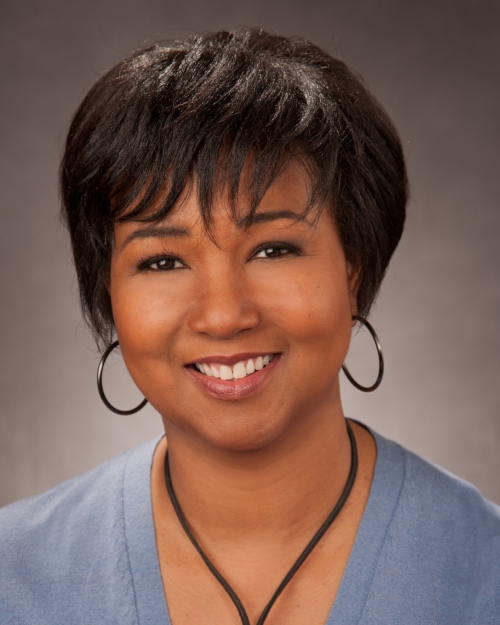
10 Famous Women Scientists In History
Mae Carol Jemison is an American engineer, physician, and former NASA astronaut. She was born October 17, 1956, Mae Jemison became the first African American woman to travel into space when she served as a mission specialist aboard the Space Shuttle Endeavour in 1992. Jemison joined NASA’s astronaut corps in 1987 and was selected to serve for the STS-47 mission, during which the Endeavour orbited the Earth for nearly eight days on September 12–20, 1992.
Born in Alabama and raised in Chicago, Jemison graduated from Stanford University with degrees in chemical engineering as well as African and African American studies. She then earned her medical degree from Cornell University. Jemison was a doctor for the Peace Corps in Liberia and Sierra Leone from 1983 until 1985 and worked as a general practitioner. In pursuit of becoming an astronaut, she applied to NASA.
Jemison left NASA in 1993 and founded a technology research company. She later formed a non-profit educational foundation and through the foundation is the principal of the 100-Year Starship project funded by DARPA. Jemison also wrote several books for children and appeared on television several times, including in a 1993 episode of Star Trek: The Next Generation. She holds several honorary doctorates and has been inducted into the National Women’s Hall of Fame and the International Space Hall of Fame.
More Articles on RNN
Top 10 Richest Scientist In The World
David Julius and Ardem Patapoutian, both US scientists win Nobel Prize for Medicine
